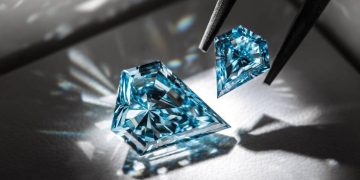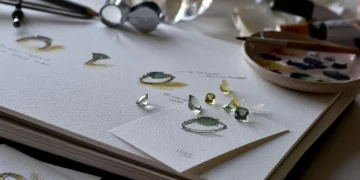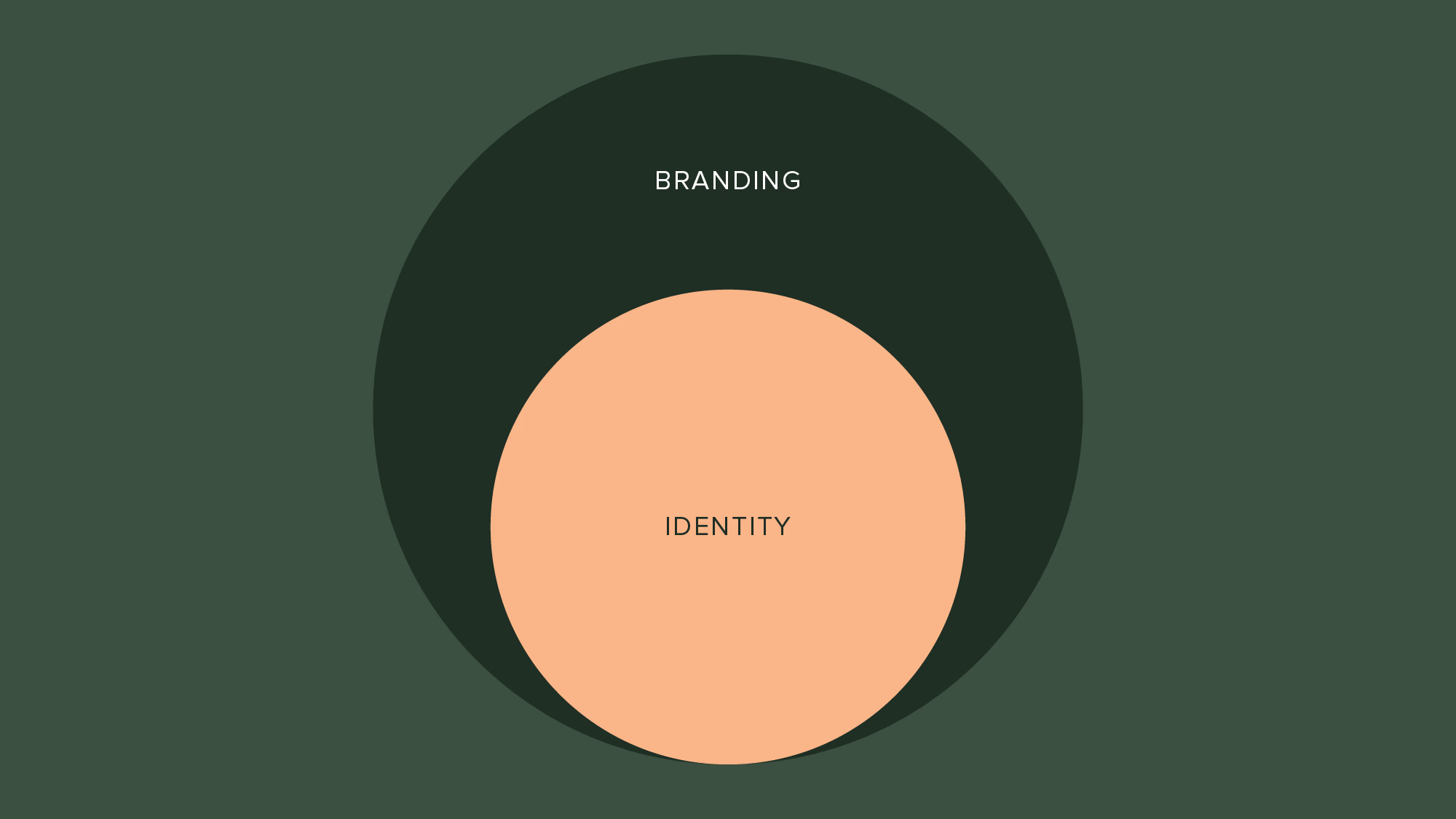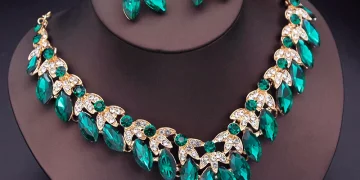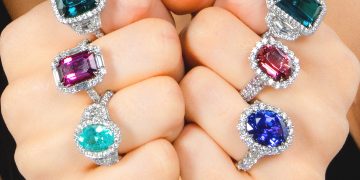Introduction
The luxury jewelry industry in 2025 is witnessing a transformative era, driven by advancements in sustainable materials, AI-driven design, and cutting-edge craftsmanship. As consumer preferences shift toward personalized and ethically sourced products, leading brands are redefining creativity and technical innovation. This article explores the groundbreaking initiatives launched by top-tier luxury jewelry houses in 2025, supported by industry trends and brand-specific strategies .
1. Chaumet: AI-Generated Heritage Collections
Innovation: Merging historical archives with generative AI
Chaumet, a LVMH-owned brand renowned for its Napoleonic-era designs, introduced its “AI Heritage Revival” collection in 2025. Utilizing machine learning algorithms trained on 248 years of archival sketches, the brand generated limited-edition pieces that reinterpreted Art Deco and Belle Époque motifs with modern geometric precision. For instance, the “Joséphine Algorithmique” tiara features a dynamically adjustable structure powered by micro-hinges, allowing wearers to modify its shape via a companion app .
Technology:
- 3D-printed platinum scaffolds infused with lab-grown diamonds (reducing mining dependency by 70%)
- Blockchain-certified provenance for each AI-designed piece
2. MIKIMOTO: Sustainable Pearl Cultivation 2.0
Innovation: Climate-resilient pearl oysters and zero-waste farming
MIKIMOTO, the Japanese pearl pioneer, unveiled its “Ocean Harmony” initiative, addressing oceanic acidification threats. By gene-editing Pinctada fucata oysters to thrive in warmer waters, the brand achieved a 95% survival rate in its Gulf of Thailand farms. The 2025 “Lucent Tide” necklace series uses pearls with iridescent nano-coatings mimicking phytoplankton bioluminescence, created from recycled oyster shells .
Technology:
- Satellite-monitored aquaculture zones with pH-balancing mineral dispensers
- Biodegradable pearl packaging embedded with oyster DNA for authenticity checks
3. Cartier: Smart Modular Jewelry System
Innovation: Interchangeable gemstone modules with IoT integration
Cartier’s “Libre Connect” system revolutionized wearable tech in 2025. The “Panthère Dynamique” bracelet, for example, allows users to swap emerald-eyed panther heads with sapphire or lab-made alexandrite modules. Each component contains NFC chips that sync with Cartier’s AR platform, enabling virtual customization and ownership history tracking .
Design Highlights:
- Magnetic levitation clasps for tool-free assembly
- Solar-sensitive enamel that shifts hue based on UV exposure
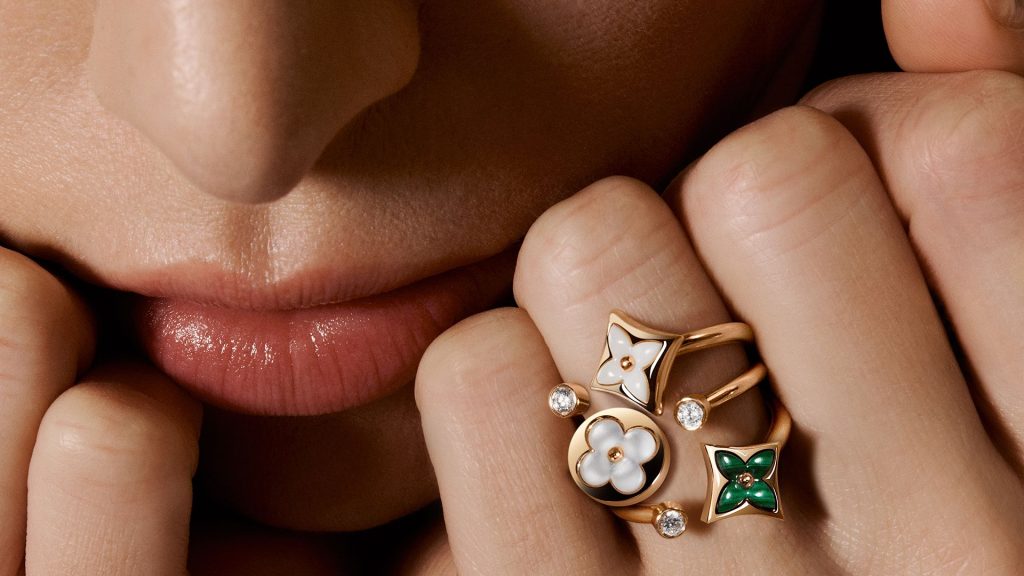
4. Graff: Lab-Grown Colored Diamonds with “Optical Fingerprints”
Innovation: Spectrally encoded synthetic diamonds
Graff’s 2025 “Prism Nexus” collection features lab-grown diamonds embedded with unique spectral patterns visible only under polarized light. Using proprietary CVD (Chemical Vapor Deposition) tweaks, engineers manipulated crystal lattices to imprint microscopic logos or personalized messages—a countermeasure against synthetic diamond fraud .
Technical Breakthroughs:
- 30-carat “Flame Aurora” diamond with seven-color dispersion (surpassing natural fire)
- Blockchain-DIAM® certification linking each stone to its growth reactor logs
5. Van Cleef & Arpels: Kinetic High Jewelry
Innovation: Micro-mechanical automations inspired by horology
Van Cleef & Arpels partnered with Swiss movement maker Christophe Claret to launch the “Poetic Mechanics” line. The “Fée Ondine” brooch, for instance, incorporates a self-winding rotor that powers a 0.8mm-thick sapphire crystal “water ripple” animation, activated by the wearer’s movements .
Engineering Feats:
- 400-component miniature automaton systems resistant to gravitational interference
- Self-lubricating alloys for maintenance-free kinetic mechanisms
6. Boucheron: Carbon-Negative Gemstone Synthesis
Innovation: CO2-captured gemstones
Boucheron’s “Air to Almandine” project transforms atmospheric carbon into garnets. Partnering with Climeworks, the brand’s 2025 “Ciel Carbone” ring features a 12-carat almandine grown from 20 tons of sequestered CO2, achieving carbon negativity within 18 months post-production .
Process:
- Direct air capture (DAC) stations integrated into boutique atriums
- Hydrothermal synthesis reactors powered by geothermal energy
7. BVLGARI: Holographic Gemstone Illusions
Innovation: Nano-holography for “phantom” jewelry effects
BVLGARI’s 2025 “Mirage” collection employs subwavelength gratings etched onto gem facets, creating prismatic holograms visible under specific lighting. The “Serpenti Invisibile” necklace appears to float a 3D serpent illusion above the wearer’s collarbone when exposed to LED ambiance .
Technical Specs:
- 200-nm grating precision using EUV lithography (adapted from semiconductor tech)
- AI-calibrated light diffraction patterns for consistency across gem batches
Industry-Wide Trends Supporting 2025 Innovations
- Circular Luxury: 63% of brands adopted closed-loop recycling systems for precious metals.
- Phygital Integration: AR try-ons and NFT twin certificates became standard.
- Ethical Sourcing: Blockchain traceability expanded to cover 89% of gemstone supply chains.
- Hybrid Craftsmanship: AI-assisted design tools reduced prototyping time by 40%.
Challenges and Future Outlook
While 2025’s innovations address sustainability and personalization, challenges persist:
- Energy Intensity: Lab-grown gem production still consumes 300 kWh per carat .
- Regulatory Gaps: Standardization for AI-generated designs remains unresolved.
Brands like Tiffany and Harry Winston are expected to unveil quantum-encrypted ownership ledgers and bioluminescent diamonds in 2026, further pushing the industry’s technological envelope.
Conclusion
The luxury jewelry sector’s 2025 innovations reflect a symbiotic dance between heritage and futurism. From Chaumet’s AI-reimagined tiaras to Boucheron’s carbon-negative garnets, brands are leveraging science and art to redefine opulence. As consumer demand for ethical and interactive luxury grows, these advancements herald a new epoch where jewelry transcends adornment to become wearable narratives of human ingenuity.



